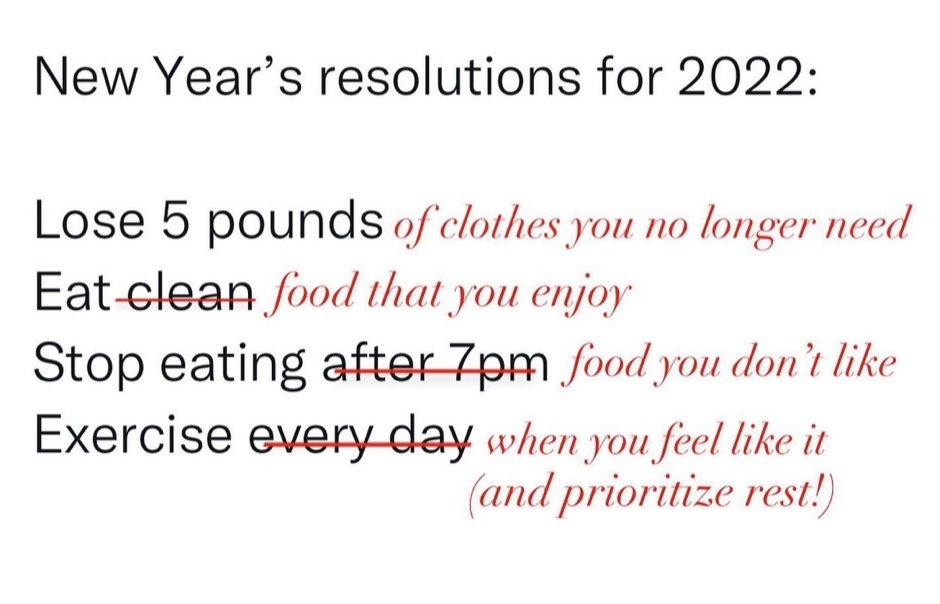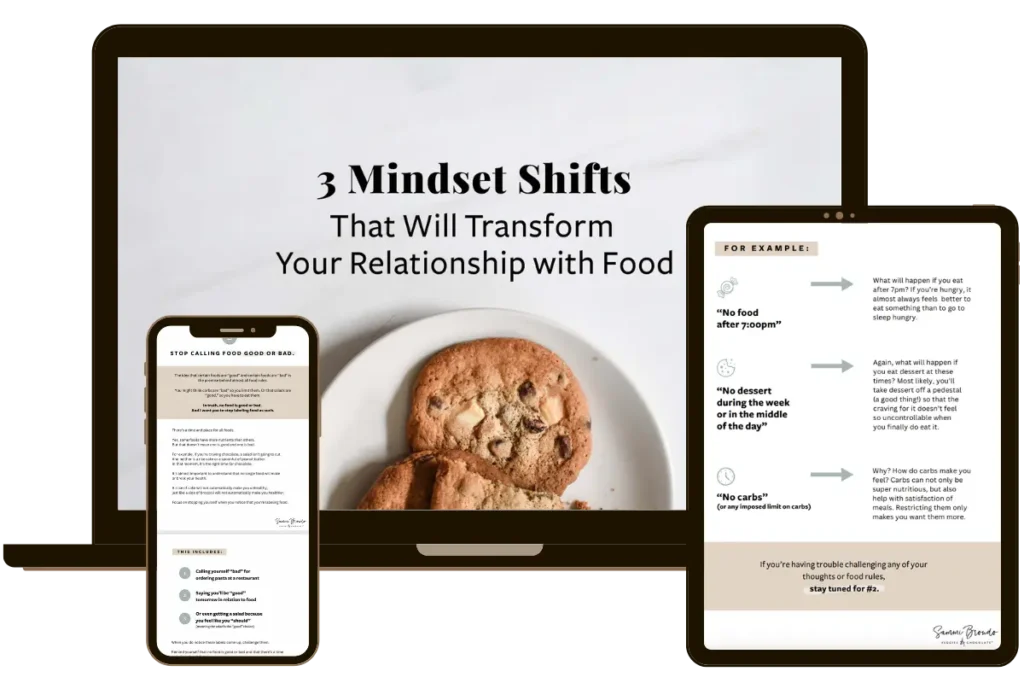
Amidst all the “new year, new you” (insert eye roll here) headlines at the start of 2022, I present to this instead: how to know when to take a rest day off exercise.
I recently posted something on Instagram about exercising when you feel like it and prioritizing rest days.
It was shared by a large health magazine and the responses were wild. While, thankfully, many people appreciated the post, others saw it as the most radical idea ever.
“Exercise only when you feel like it?! Sounds lazy to me.” And so on.
Imagine that: being told to exercise when you feel like it sounding radical.
But, it’s true. Exercise is important for our overall health. At the same time though, it shouldn’t feel forced and it shouldn’t be overdone.
Arguably, overexercising is even less healthy than not exercising at all.
Our bodies need and deserve rest. Not only can you perform better and enjoy exercise more when you’ve taken enough rest in between, but also, rest allows our muscles to rebuild and regain strength in order to prevent injury.
If you’re someone who works out often and struggles with when to take a rest day – or taking a rest day at all – here are some signs that it might be time to take one.
1. You’re constantly sore.

Let’s clarify: soreness – to an extent – is okay. It means you’re using your muscles in new and different ways.
But, it’s important to give your body time to rest after an especially tough workout or one that makes you feel sore.
If you constantly feel sore – and are working out on sore muscles – not only do you put yourself at risk of injury, but also, you probably just aren’t enjoying your workout as much as you could be.
Give yourself a day – or a few – to rest and alleviate the soreness. It will make your next workout feel so much better.
2. You’ve done a few days of exercise in a row.

Even if you’re feeling good, if you’ve done a few days of exercise – and especially strenuous exercise – in a row, it’s always a good idea to throw in a rest day.
While there’s no magic number of how many rest days you need after how many days of exercise, it’s usually a good idea to not do too much vigorous exercise in a row without a rest or so of rest in between.
At a minimum, you should be adding in one rest day per week. Again, at a minimum. This will vary based on exactly what your exercise routine looks like.
3. You feel tired and/or just don’t want to exercise.

Here’s the thing: you are allowed rest. It doesn’t make you a bad person and it doesn’t make you lazy.
Even if you haven’t been going at it with exercise and feel ready for a rest day physically, it’s still okay to prioritize one.
If you wake up tired or just aren’t in the mood to exercise, it’s okay to skip it and prioritize rest.
Maybe you need to sleep more instead. Maybe you’ll feel better if you spend that time that would’ve been spent exercising hammering through your to do list.
No matter the reason, you don’t need to earn a rest day.
Listening to your body – and prioritizing rest – will only benefit you in the long run. It means that, not only are you giving your body what it needs in that moment, but also, when you are ready to exercise, you’ll really feel energized and ready for it.
You’ll know you’ve adequately rested when your muscles feel ready for a workout and you feel energized for it too.
Remember, you are allowed rest. And you need to rest.
There’s no benefit or award to be won for working out as many days as possible and pushing your body to the ground.
Prioritize rest so that you can feel your strongest and best on the days you do choose to exercise.
You deserve that.
Want more tips on creating an easy, sustainable healthy relationship with food? Check out my membership program, All Foods Fit, with 12 thorough lessons to teach easy ways to create a healthy relationship with food. Or, check out my e-book, 7 Days to Make All Foods Fit, to learn a step by step guide to create a healthier relationship with food in just 7 days.













